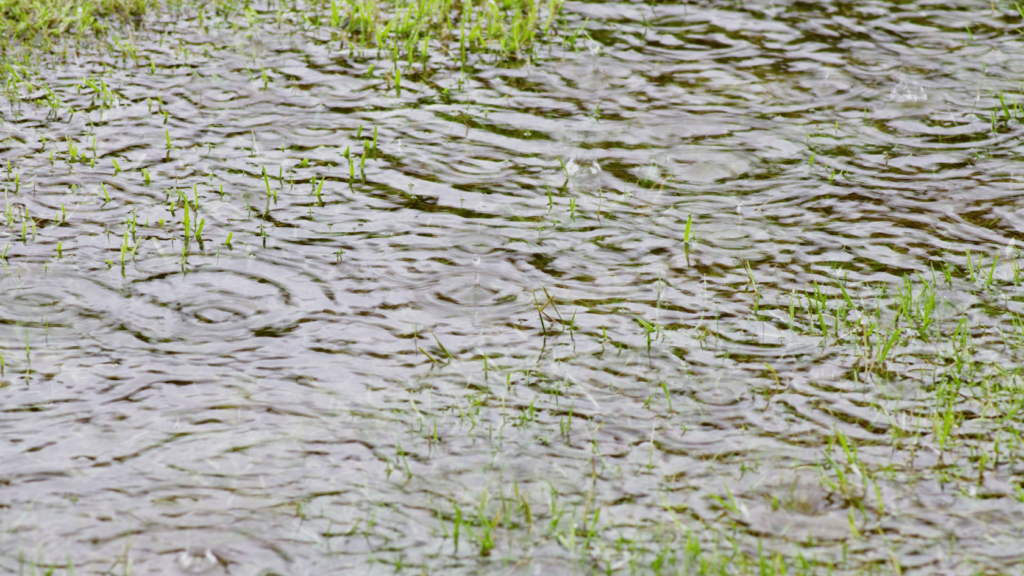Slash Your Water Bill and Save the Planet with Sprinkler Rain Sensors!

-
- Introduction
- The Benefits of Using a Rain Sensor
- How Sprinkler Rain Sensors Work
- Sprinkler System Rain Sensor Installation
- Disadvantages of Rain Detectors
- Lifespan and Durability
- Top Rain Sensor Brands and Models
- Rain Sensor vs. Moisture Sensor
- Water Conservation and Efficiency
- Cost Factors
- Understanding Water Loss in Sprinkler Systems
- Conclusion
Introduction
Welcome to a smarter way of gardening! In an age where conservation is key, managing water usage is crucial. Sprinkler rain sensors are not just gadgets; they’re your garden’s best friend, helping you save water and money. Let’s uncover the secrets of these amazing devices and why they’re a must-have for every modern gardener.
The Benefits of Using a Rain Sensor
Rain sensors offer a triple advantage: they’re economical, ecological, and promote healthier gardens. By optimizing irrigation, they prevent overwatering, which is as harmful to plants as drought.
How Sprinkler Rain Sensors Work
Imagine a device that knows when it’s raining and tells your sprinklers to take a break. That’s exactly what a sprinkler rain sensor does. It usually contains absorbent disks that expand when wet. This expansion triggers a switch that pauses your sprinkler system, ensuring no water is wasted when nature is doing the job.
Sprinkler System Rain Sensor Installation
Installing a rain sensor can be a fun DIY project. Here’s how to do it:
- Choose the Right Location: Find a spot exposed to open sky, away from trees and overhangs.
- Mount the Sensor: Attach the sensor to a firm surface, like a fence or a post.
- Connect the Wires: Wire the sensor to your sprinkler system controller. Most sensors have two wires; simply connect them to the sensor terminals on the controller.
- Set the Sensor: Adjust the sensor settings according to your local rainfall and garden needs.
- Test the System: Test it by simulating rain (sprinkling water on it) and check if the sprinkler system pauses.
Disadvantages of Rain Detectors
Rain sensors are great, but they have their limits. For instance, they can’t differentiate between a light drizzle and a downpour. Plus, leaves and debris can block the sensor, leading to false readings. Regular cleaning and calibration can help ensure more accurate operation.
Lifespan and Durability
These sensors are generally quite hardy, lasting about 3 to 5 years. Their lifespan depends on factors like exposure to extreme weather, the build quality, and regular maintenance. To extend its life, clean the sensor regularly and check for damages after severe weather events.
Top Rain Sensor Brands and Models
1. Rain Bird
Model: WR2-RFC Wireless Rain and Freeze Sensor
Features:
• Wireless communication up to 800 feet.
• Freeze detection to prevent watering in freezing conditions.
• Adjustable rainfall settings from 1/8″ to 1/2″.
• Easy to install and maintain.
2. Hunter
Model: Mini-Clik Rain Sensor
Features:
• Quick response to rain, halting irrigation immediately.
• Adjustable rainfall settings from 1/8″ to 1″.
• Durable construction with a 5-year warranty.
• Compatible with most Hunter controllers.
3. Toro
Model: Wireless RainSensor
Features:
• Wireless design, easy to integrate with existing systems.
• Adjustable rainfall sensitivity.
• Freeze sensing to avoid ice damage to plants.
• Quick and easy installation process.
4. Irritrol
Model: RainSensor Series (e.g., RS1000 Wireless Rain Sensor)
Features:
• Wireless communication for flexible placement.
• Adjustable rainfall activation levels.
• Durable, weather-resistant construction.
• Compatible with most automatic irrigation systems.
5. Orbit
Model: B-hyve Smart Wi-Fi Sprinkler Timer with Rain Sensor
Features:
• Wi-Fi connectivity for remote monitoring and control.
• Real-time weather updates to adjust watering schedules.
• Easy integration with B-hyve sprinkler systems.
• Rain sensor to automatically adjust irrigation based on rainfall.
6. Rachio
Model: Rachio 3 Smart Sprinkler Controller with Wireless Flow Meter
Features:
• Advanced weather intelligence plus for hyper-local accuracy.
• Wireless flow meter to measure water usage and detect leaks.
• Easy control through the Rachio app.
• Compatible with Amazon Alexa, Google Assistant, and Apple Homekit.
Rain Sensor vs. Moisture Sensor
While both sensors aim to optimize water usage, they work differently. Rain sensors measure rainfall and prevent unnecessary watering. Moisture sensors, on the other hand, measure the moisture level in the soil, providing a more direct indication of your plants’ watering needs.
Water Conservation and Efficiency
The savings are significant. A rain sensor can prevent your system from activating during or after rainfall, potentially saving hundreds of gallons of water each season. This efficiency not only lowers your water bill but also promotes sustainable water usage.
Cost Factors
The price of a rain sensor ranges from $20 to $100, with professional installation costing extra. But consider this: the amount of water and money you save makes this a valuable investment for any gardener.
Understanding Water Loss in Sprinkler Systems
An average sprinkler system can waste a lot of water, especially if it’s running during or after rain. Rain sensors dramatically reduce this waste, ensuring that your garden only gets water when it needs it.
Conclusion
As we’ve explored, sprinkler rain sensors are an amazing tool to have in your gardening toolbox. Sprinkler rain sensors contribute to both environmental sustainability and cost savings. However, installing and maintaining these sensors can sometimes require a bit more expertise, especially to achieve the best results or troubleshoot any issues. If you’re not entirely comfortable handling the installation or if you encounter challenges, it’s a wise decision to enlist the help of a professional. Landscape experts not only bring the necessary know-how for optimal setup but can help you troubleshoot and guide you on the best uses. To find a trusted lawn care specialist near you and ensure your sprinkler system operates flawlessly, click below. Let the experts take care of the technicalities, so you can enjoy a lush, beautifully maintained garden with peace of mind.
As an Amazon Associate, we earn from qualifying purchases. Affiliate links help support our work and allow us to continue providing free content. If you make a purchase through an affiliate link, we receive a small percentage of the sale at no extra cost to you.
The DIY repair advice on this site is for informational purposes only. The content aims to be helpful but cannot guarantee success or substitute professional advice. Any repairs involve some risk, so readers assume all liability and responsibility for their actions. Safety should be the top priority. If unsure about any procedure, first consult a qualified professional to determine suitability.
- Sprinkler Rebate Guide
- Slash Your Water Bill and Save the Planet with Sprinkler Rain Sensors!
- How to Revive a Lawn: Bringing Your Drought-Stricken Lawn Back to Life
- Sprinkler Repair Costs: The Shocking Truths You Need to Know!
- Gardeners Won’t Believe These Raised Bed Irrigation System Hacks!
- 11 Shocking Secrets to Buying the Perfect Sprinkler Heads
- A Comprehensive Guide on How to Adjust the Rainbird 5000 Sprinkler Head
- The Complete Step-by-Step Guide to Design a Sprinkler System
- Residential Sprinkler Head Types: A Comprehensive Guide
- Thank You For Subscribing




